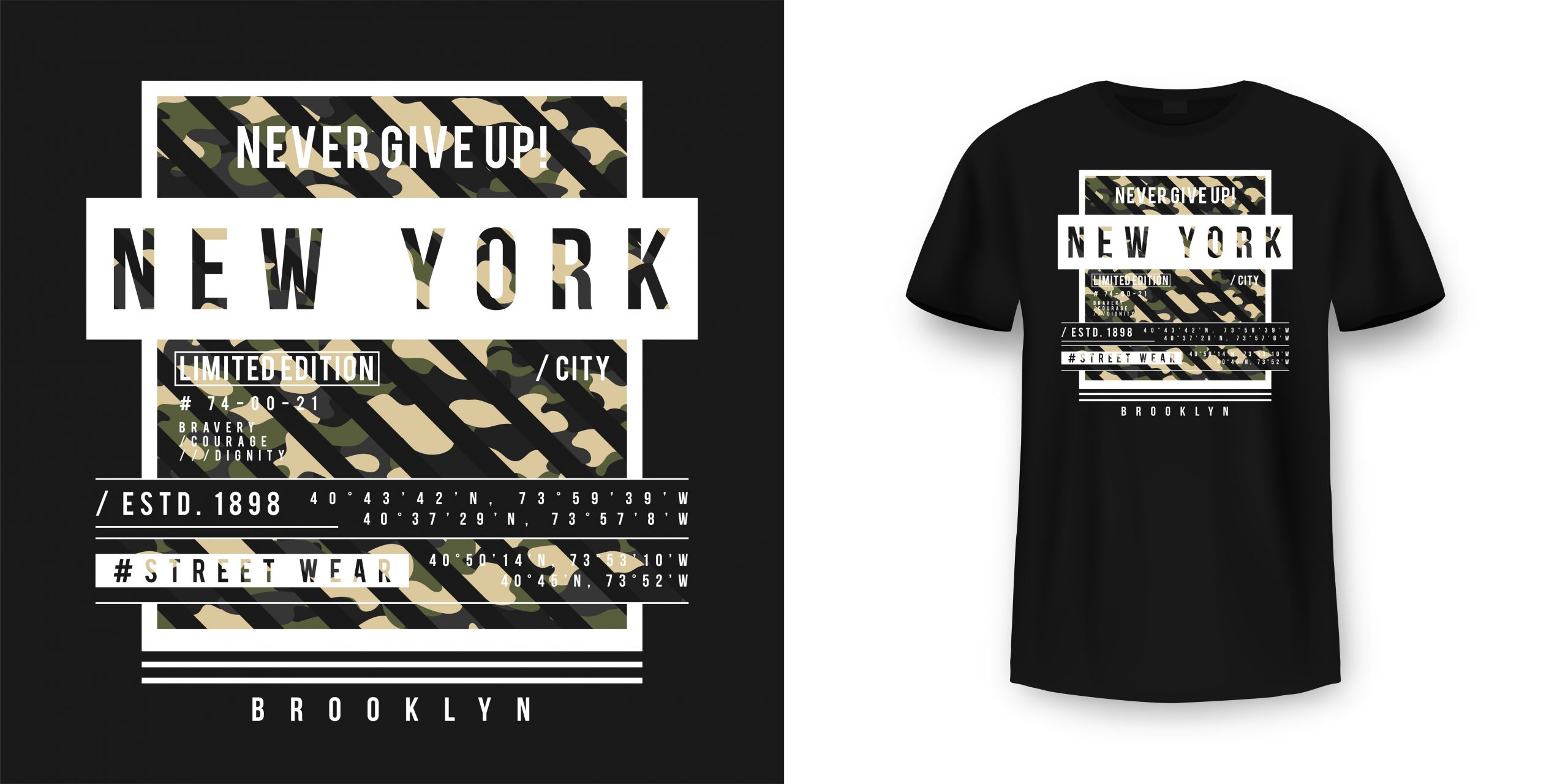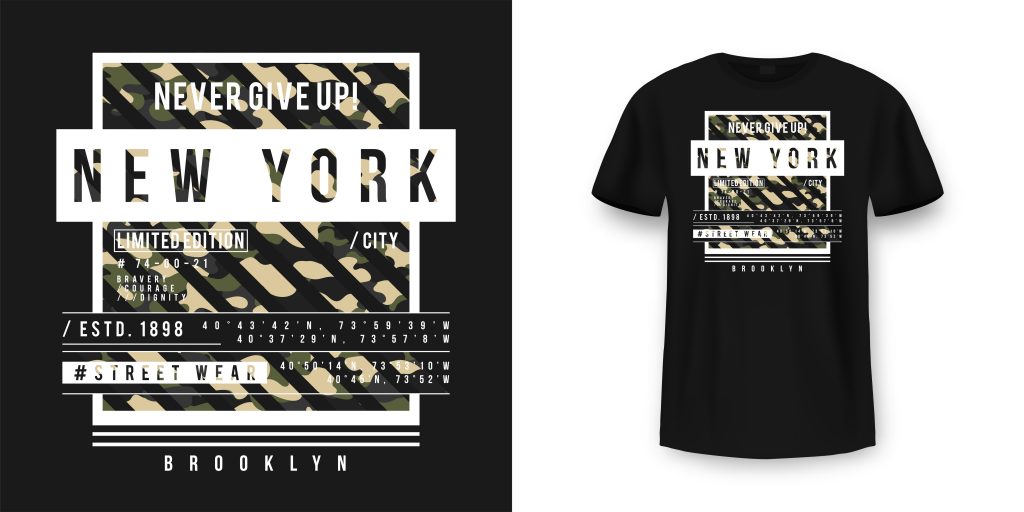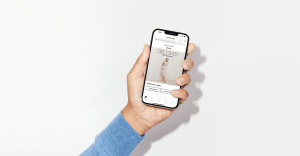
The 4 Different Methods Of Custom Shirt Printing
Customized t-shirts are becoming popular worldwide, hence why most emerging are dealing with shirt printing only. While some companies customize their designs based on the latest fashion, social media trends, and recent market demands, some create their brands based on the customer’s wish and design.
If you want to start your customized shirt brand, you need to make two crucial decisions. One is choosing the best custom shirt design software to create different designs without restriction. The second is identifying a custom shirt printing method that will deliver high-quality output.
But before choosing a printing method, it’s best to consider the cost, compatibility with different fabrics, and the speed of production. This post outlines the major methods of custom shirt printing. Read on to learn more.
Screen Printing
Screen printing is among the oldest shirt printing methods that allow enough room for artistry and creativity. Most professionals rely on the screen-printing method since it guarantees longer-lasting print result.
Screen printing is done by both hand and machine. To screen print, you first create the custom design you want on the screen, then roll plastisol ink over the screen and press it on the shirt. This process ensures your design is replicated on the shirt. Afterward, remove the screen and let it dry.
While this method yields high-quality results, it’s not suitable for all types of printing. It’s effective when producing large amounts of the same t-shirts. Large companies mainly use it for the mass production of customized shirts because it’s cost-effective.
Pros
- Great for large quantities
- It offers maximum durability
- It’s compatible with most fabrics
- Fast results
Cons
- Not suitable for complex designs
- It can be costly when producing small quantities
- It’s not suitable for manual usage
Direct-To-Garment (DTG)
As the name suggests, this method uses a special printer that applies ink on the fabric shirt. With this method, you can easily create any custom design that can be printed on paper. You can create complex graphics and use different colors or photos.
When the ink soaks into the fabric, it will produce a soft touch rather than forming a layer on the shirt. DTG printing is suitable for custom designs or artwork too complex for other printing methods. It’s also the best option when looking to print a few shirts since it only requires placing a blank shirt on the machine and directly printing on it, unlike screen printing which requires some procedure before printing your shirt.
Pros
- No restriction on colors
- Simple to use when you have the skill
- The DTG machine is small, making mobility easy
- Suitable for complex designs
- It produces a soft touch on the print
Cons
- The DTG machine requires regular maintenance
- The Machines can be expensive
- The colors tend to wash out after some time
- Time-consuming when producing shirts in bulk
While the DTG method has its limitations, it’s gaining popularity because of its ability to print complex designs. When considering a technique for your custom shirt business, the debate between screen printing vs DTG printing is inevitable. As you can see, each has its advantages, depending on your project’s scale, design complexity, and the finish you desire.
Dye Sublimation
This option is suitable for big and complex designs. It yields the best results on polyester fabrics. However, trying it on cotton shirts gives terrible results. To make a print, you require a special liquid dye applied to the transfer paper and then use heat and pressure for submission once the dye is completely dry.
Because of the unique way the dye bonds with the fabric, the colors and designs are clearly visible but can’t be felt. However, this method is costly for small businesses or home use since you need different equipment for this process. Nevertheless, it’s cost-effective for large businesses.
Pros
- Very durable
- Suitable for large designs
- Suitable for complex designs
- Soft on the hands and breathable
Cons
- Costly when producing small quantities
- Only suitable for light fabrics
Plastisol
Plastisol is similar to screen printing. However, with this method, the artwork is first ink-jet printed on plastisol transfer paper, then the paper is used to heat press the customized design on the shirt. To cut costs, you can create a design and send it to other companies, who can easily mass-produce the design on plastisol sheets. Once you have the sheets, you apply the designs yourself using a heat press.
Pros
- Yields high-quality designs that are durable
- Compatible with most fabrics
- Economical as different designs can be printed on one plastisol sheet
- No mess, unlike screen printing
- Suitable for testing your designs
Cons
- Designs can wash out if not installed properly
- Producing in bulk can be time-consuming
Conclusion
The best printing methods depend on your and your client’s needs. Therefore, research what designs your customers need to determine which printing method to use. When you’re done with your research, try to adopt one of the abovementioned methods.
Read More:

fashionabc is a fashion technology platform, comprising a digital directory and various other digital tools and supply chain solutions for the fashion industry ecosystem, that focus on ethical fashion and sustainability. We are building inclusive digital transformation tools for fashion professionals who are willing to take steps towards a more sustainable ethical fashion industry, by adopting AI and DLT blockchain technology.
* building digital profile and IP solutions for fashion businesses
* tackle issues such as provenance and counterfeit in supply chain
* contribute to the construction of a meritocratic ethical fashion industry which is certified and part of the circular economy











